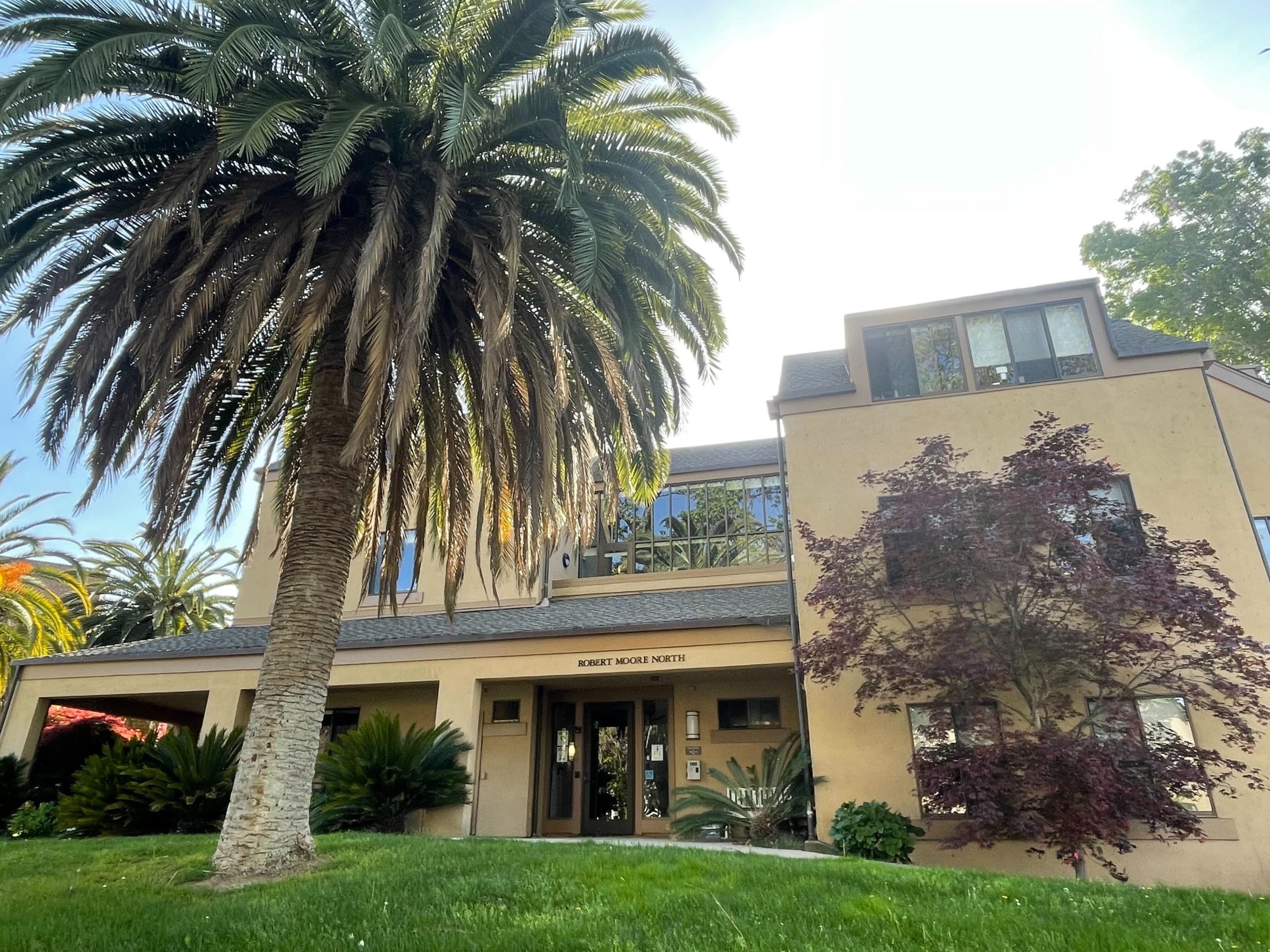Nestled on the edge of Mayfield Avenue in Robert Moore North, The Well House (The Well) made its debut last fall as the first consolidated substance-free housing option for students. The house, which hosts 51 undergraduates and two Resident Fellows (RFs), provides a community for students committed to living in and actively contributing to an environment free from drug and alcohol use.
A 2019 campus survey of undergraduate students found that 36% of respondents reported engaging in binge drinking one or more times during the two weeks prior to the survey. Despite changes to Stanford’s alcohol and drug policy, issues with substance use and abuse on campus remain. Ten undergraduate students were transported to Stanford Hospital for alcohol poisoning in September, and co-directors of Stanford’s 5-SURE on Foot program published a December op-ed about student alcohol use on campus, writing that “this quarter, we have watched unhealthy behaviors toward alcohol increase rapidly and frighteningly.”
While some students opt to live at The Well due to personal or familial histories of substance abuse, religious obligations or athletic commitments, others said they simply prefer the welcoming community and lack of substance use within the residence.
The Well is “not just a recovery house,” said Corey Lamb ’22, a member of the Stanford Cardinal Recovery Community Advisory Board. Rather, he described it as a space that values inclusion and hosts regular trips, events and educational programs for residents. He added that the “welcoming and homey” environment that has formed throughout The Well’s first year allows for the Stanford recovery community to grow closer to one another.
Dorm events, many of which are planned by residents, have included amusement park trips, a house prom and a Super Bowl party, according to Lamb. While some programs, such as the midnight mocktail night, draw attention to the intrinsically substance-free house culture, others, such as the interactive petting zoo, are recreational activities that do not generally involve substance use even outside of the residence. The dorm also hosts educational programs about topics such as best practices when living with housemates in recovery from substance abuse disorders and conversations surrounding suicide prevention awareness, according to Well House Resident Fellow Noel Vest.
Noel, a psychiatry instructor at the Stanford School of Medicine, serves as an inaugural Well House RF alongside his wife Ryelee Vest, who also works as a program coordinator for the National Institute of Drug Abuse Clinical Trials Network.
Noel, who identifies as an individual in recovery from a substance use disorder, said he hopes that The Well helps substance-free communities feel like they “matter on campus as well” and deserve recreational events and desirable housing, even if they do not partake in the supposed “norm” of consuming alcohol or drugs during college. Residents also take part in the process of learning “what it takes to be a good neighbor” for those in recovery, he said, emphasizing that “everybody plays a part in our response to the addiction crisis” no matter their personal choices related to substance use.
Ellie Fajer ’23, who pre-assigned to The Well hoping to find a welcoming community following a year of virtual learning, found that the house’s values align well with her personal preferences. Residents consistently “support you and cheer you on,” contributing to a “cohesive environment” despite their different motivations for choosing The Well, Fajer said.
Students interested in living at The Well for its second year on campus can apply via the pre-assignment process. Noel said he hopes that the residence and its ideals are “something that will outlast [him] at Stanford.” He encouraged each member of the Stanford community to play a role in promoting safe environments for students affected by substance use disorders or those who prefer to partake in substance-free environments.
“Addiction affects us all,” he said.
